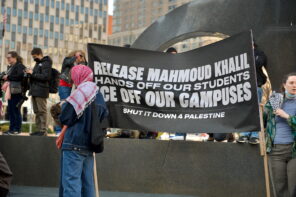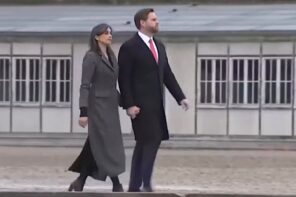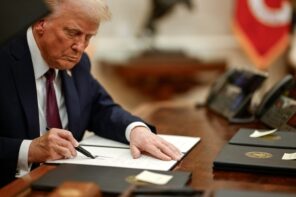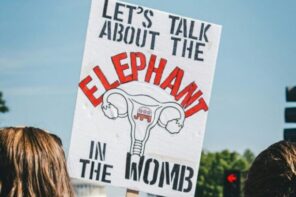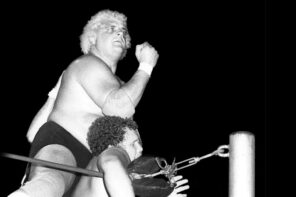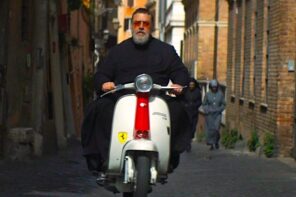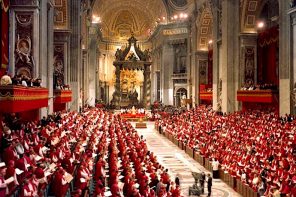As the media closely monitors Benedict XVI’s visit to Cuba this week, talk has swirled around human rights issues, the role of the Church in contemporary Cuba, and the political implications of this visit for both the Roman Catholic Church and the Cuban government. All important topics, yet it seems that no one is asking the most important question of all: Why did the Pope decide to visit Cuba?
This trip is Benedict XVI’s first, and many say only, visit to Spanish-speaking Latin America, where the majority of Catholics live. The choice of Mexico, with the second-largest Catholic population globally, seems obvious. What isn’t obvious is the decision to visit this island nation where Catholicism has struggled for the past 50 years. The answer is found in the verb tense. The Church in Cuba is no longer struggling.
The papal trip is getting significant coverage by the media because it’s Cuba, as opposed to, say, Guatemala or Argentina, which wouldn’t likely be as big a story. The U.S.’s continued tense relationship with the island evokes feelings of scorn and intrigue.
Benedict XVI has been critiqued for his apathy toward Latin America, standing in stark contrast to John Paul II who visited frequently. Academic and media reports of Catholicism in the region speak of a weakening church—and in some cases a church that never had much power or influence to begin with—one that is losing its members to Evangelical Christianity in droves.
Yet in Cuba the Church is experiencing a renaissance. Catholics are more visible today than they have been since Castro’s revolution. The Church has gone from a persecuted institution with clergy fleeing the island to opening a new seminary in 2010 and the pope being greeted by Raul Castro on a red carpet. Unlike other places throughout Latin America, the Cuban Catholic Church is a success story, a story of resilience and survival.
The public impetus of this papal visit is the commemoration of the discovery of a statue of La Caridad del Cobre (Our Lady of Charity), the patron saint of Cuba. Even she seems to be forgotten in the shuffle about the politics of this trip. And yet she, the patroness of the island, is perhaps the most appropriate symbol of the ambiguities and tensions that mark Cuba’s religious, racial, and political history. La Caridad is where Cubans negotiate their religious and national identity: the Catholic colonial legacy of slavery, Afro-Cuban religious appropriations of her, and the increasing presence of Protestantism on the island. For Cubans on the island she is the most prominent symbol of Cuban national identity, and ironically for exiles she is their patroness in Miami.
For many the Church today in Cuba represents reconciliation, much like the pilgrimage of Cuban-Americans from Miami who are coming to the island this week to celebrate the papal mass through the Archdiocese of Miami, side by side with their Cuban sisters and brothers. Economically and politically, the Church represents a middle ground, critical of Cuba’s Marxist legacy, yet equally critical of the consumerism and consumption that characterizes the United States. There are very few places in the world that the Vatican can be an advocate of compromise. Add that to its increasing visibility on the island and the choice of Cuba begins to make a whole lot more sense.
